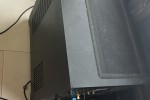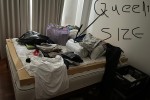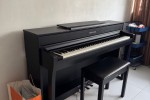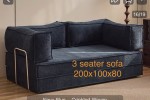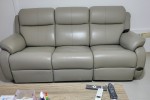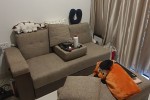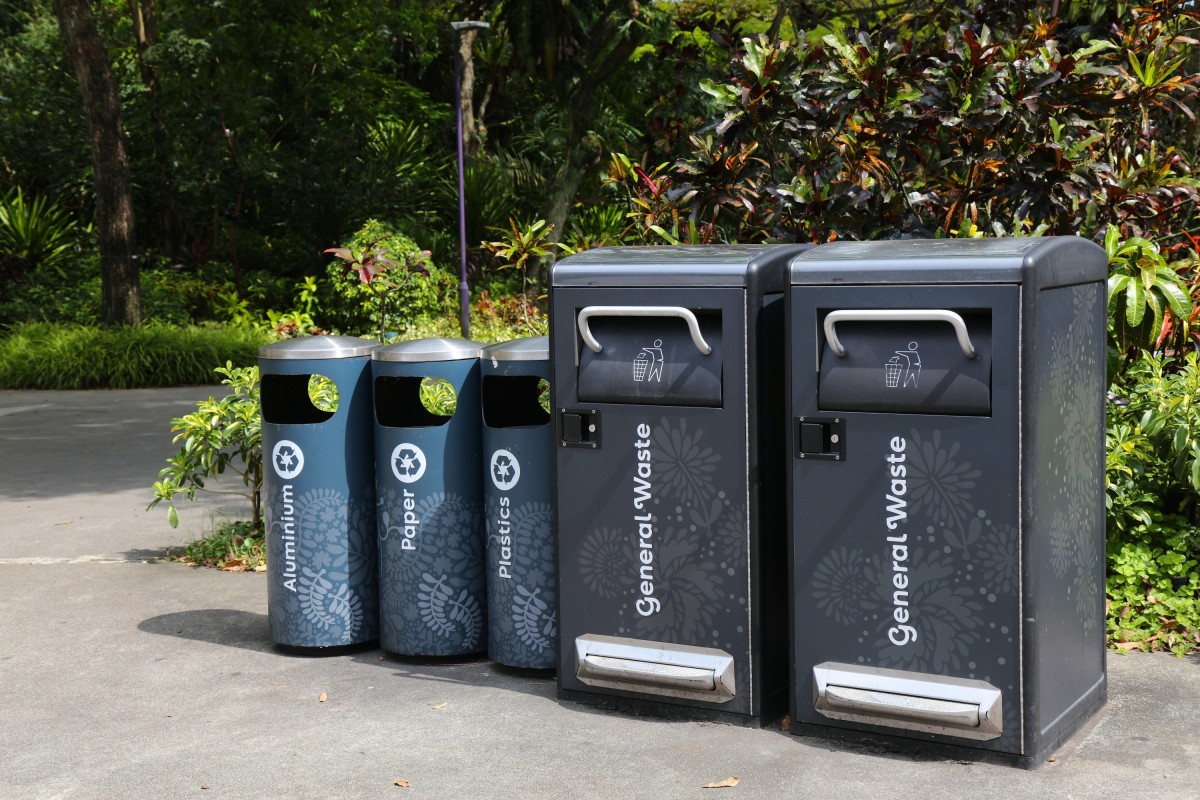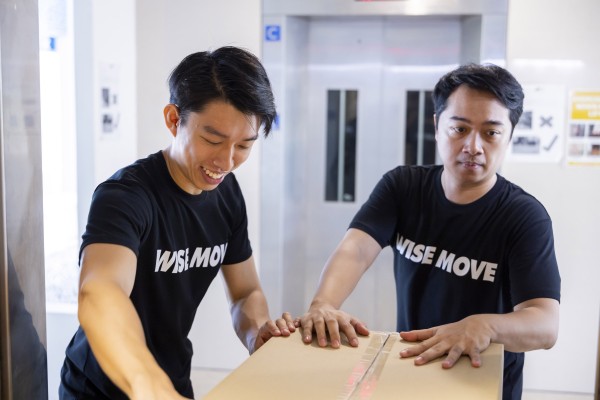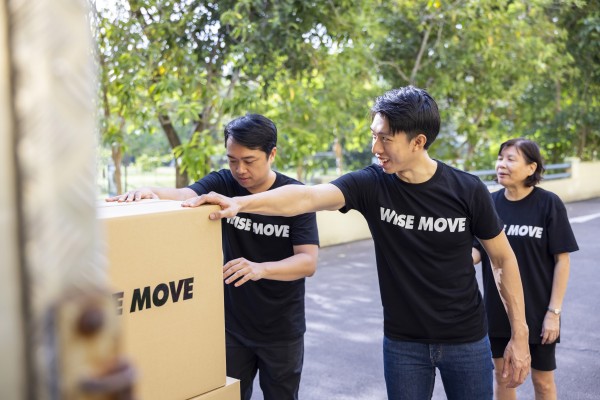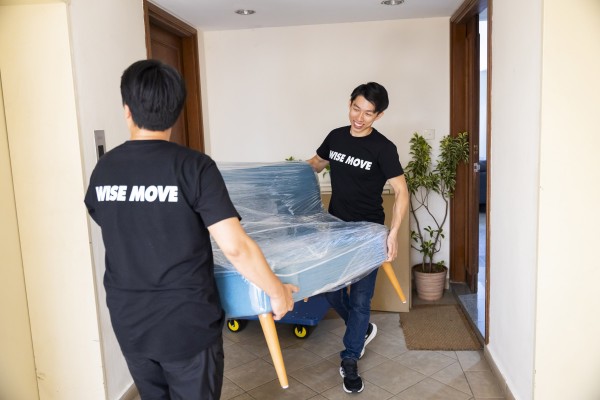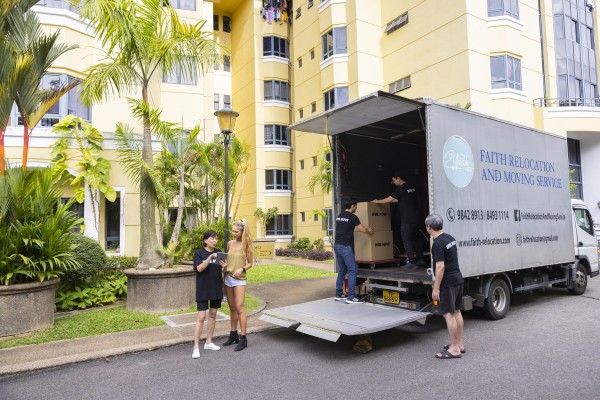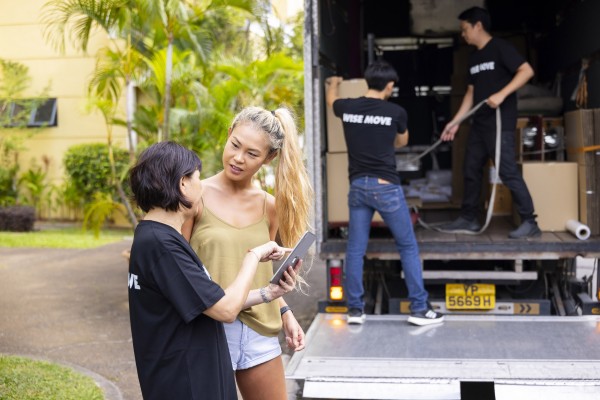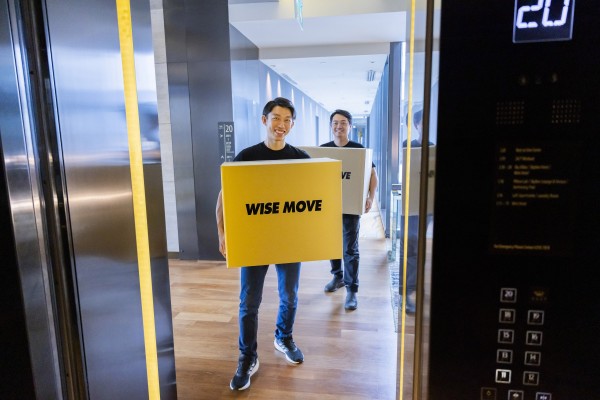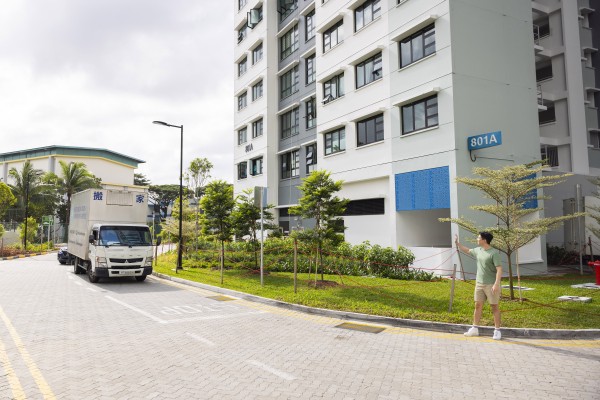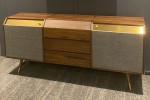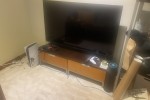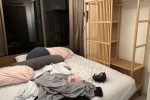
When your computer or phone eventually stops working, don't just toss it in the trash. Electronic waste can be best managed if items are thrown away in the appropriate bin.
In Singapore, there is around 300 e-waste recycling bins, quarterly collection programs, and counter-based collection services to make sure e-waste is properly handled.
Computers, printers, refrigerators, washers, and air conditioners are all examples of common e-waste in Singapore. Since electronics contain precious metals like palladium, gold, copper, and silver, they must be recycled appropriately. The Singaporean government has set up a system for handling e-waste that makes sure it is handled in a way that protects the environment and people's health while also getting valuable resources back.
Where to Dispose Electrical Appliances in Singapore
Since the composition of electrical appliances varies and many things include dangerous components, we can't simply throw them all in the trash because they are all considered "e-waste." Instead, we've compiled a few practical options for recycling appliances, light bulbs, and other large goods in Singapore to make recycling at home a bit less of a chore.
-
- Cash Converters is Singapore's largest second-hand goods merchant, so you can try to resell your electrical appliance there if it is still in working condition.
- You can put an ad for your item on Craigslist, eBay, ST Classified, Carousell, or Facebook Marketplace.
- Sites like SG Freecycle, Pass It On, and YouSwop, as well as the Salvation Army, are always looking for donations, so you may also use them to help others by giving what you no longer need.
- Check out NEA's site or the app One Map to find drop-off spots for e-waste and recycling wherever you happen to be in Singapore.
Where to Dispose Microwave Ovens in Singapore
A microwave oven is a multifaceted device made up of numerous recyclable components, so you cannot just throw it anywhere you like. Further, it is definitely against the law to abandon your microwave on the street in Singapore. Dumping electronic garbage illegally is a major problem since it causes pollution and poses a threat to human health.
The best and most environmentally responsible approach to disposing of your old microwave is to locate the closest e-waste recycling centres. When you recycle, you're not only doing your part to preserve usable materials but also doing good for the planet. Professionals working at e-waste recycling centres are trained to disassemble microwave ovens without damaging the device and to salvage any usable components.
Where to Dispose TV in Singapore
In July 2021, NEA began an e-waste management effort to educate the public on the proper disposal of old electronics. Any product sold to the general public, such as a television, falls under this category of government oversight.
Across Singapore, ALBA has placed a large number of e-waste recycling bins in high-traffic areas such as public parks, shopping centres, government buildings, supermarkets, and retail shops. About every quarter, communities host e-waste collection drives where locals can bring their unwanted electronics to be recycled.
When you buy a newly regulated consumer product, the store will gladly take back any old ones you no longer need at no cost. As an illustration, stores will pick up your old TV set at no cost when you have them deliver your new one. Additionally, because televisions are typically large and bulky, the town council can be contacted to have them disposed of.
Where to Dispose Batteries in Singapore
Some battery types pose a threat to health and safety if not disposed of properly. Even after use and what seems to be a complete drain, batteries might still contain enough energy to cause injury or a fire, so it's crucial to handle battery disposal properly.
There are several options for properly disposing of batteries in Singapore, including dedicated battery recyclers, shops that offer takeback services, and the hazardous waste disposal programs run by Alba. For more information on disposal choices, you can get in touch with the producer or the town council's solid waste authority.
Please remember that batteries should never be thrown away in trash cans or blue recycling boxes. Before recycling rechargeable batteries, please tape over any exposed wires or ends and place any batteries that are leaking in a container or bag that cannot be punctured. This will aid in the prevention of short circuits and the generation of fire hazards.
Where to Dispose Printers in Singapore
You'll eventually need to find a proper way to dispose of your printer, whether it's a compact, cheap inkjet, a single-function device, or a flexible all-in-one (AIO). There are numerous organizations, like Goodwill and The Salvation Army, who will take and recycle your goods regardless of whether or not your printer is still operational or has completely stopped working.
However, if it is not in good condition anymore, there are three options you can choose from for recycling printers in Singapore:
1. RENEW — There are around 466 green RENEW bins dispersed across 418 locations across the country for collecting and recycling e-waste. Discarding your printer in one of these bins is as simple as dropping it off. A 47-cm-by-12-cm-by-47-cm box is required for discarded electronics.
2. M1 E-waste Drop-Off Point Programme — M1 Limited and Virogreen (Singapore) Pte Ltd collaborated to develop the M1 Drop-off Point Program, which promotes proper electronic waste disposal.
3. City Square Mall — If you want to recycle your old printer, you can do so at the L2 Customer Service Counter and utilize their E-waste Recycling Programme. To learn more about e-waste management, visit the NEA website.
Disposal of Electrical Appliances in Singapore FAQs
When electronic items are not recycled or disposed of appropriately, they become hazardous trash. Some of the chemicals used to make them are extremely dangerous to human and environmental health. Thus, they need to be taken to suitable recycling sites for disposal. Read on for some frequently asked questions about electronics recycling in Singapore.
Where to Recycle Electronic Waste in Singapore?
You should recycle your old electronics, whether you live alone or in a large household. All you have to do to recycle your old electronics is to bring them to one of the 24 participating Shell stations. It's necessary that electronics are compact enough to go into the 450mm x 150mm opening.
Electronic waste that is too large to go through the bin's slots should not be left outside. Please use other e-bins and collection channels that have been authorized by the National Environment Agency to dispose of regulated e-waste such as portable batteries, ICT equipment, bulbs, and lamps.
How to Dispose Old Phones in Singapore?
Mishandled phone disposal can lead to harmful metals leaching into soil and water supplies, which can have serious consequences for wildlife and human health. Because they could be toxic, cell phones should be thrown away as toxic waste and not with regular trash.
Therefore, if you want to get rid of your old phone, it's best to follow Nea's waste management procedures. The other option is to give away your old phone. Used mobile phones, whether or not they still function, are generally accepted by charities, as giving these phones to mobile phone recycling centres can help them earn extra money.
Where to Dispose Power Bank in Singapore?
To dispose of your old power bank (ICT, bulbs, batteries), use one of Alba's convenient 3-in-1 bins. Don't forget to put it in the centre slot. You can also bring the power bank to one of Alba's quarterly pickup drives in residential estates. You also have the option of doing so through the over-the-counter services offered by participating retailers. Make sure to contact them to find out which locations carry the required goods and services.
Please remember to wrap the terminals of any rechargeable or lithium-ion batteries you throw away in the E-Bin. Wrapping each battery in plastic wrap will also help avoid accidental contact between terminals. Please put any leaking batteries in a plastic bag that can be closed before throwing them away.
Where to Throw Electronics in Singapore?
In Singapore, there are more than 300 e-waste recycling bins that can be located in different places, such as shopping malls, town centres, and supermarkets. If you want to get rid of your old electronics, you do not need to worry about doing so because you will be able to dispose of them in these bins.
Furthermore, town councils offer services for disposing of large household items like washing machines and televisions, and quarterly e-waste collection drives will be held in residential estates. You are also entitled to a free one-for-one take-back from your merchant upon receipt of your new product if you are replacing an item. It doesn't matter which store you bought it from or what brand it is.
Where in Singapore is the NEA Recycling Bin Located?
You may see a list of bin locations on the websites of both ALBA and NEA, as well as on the ALBA STEP UP Sustainability smartphone app. It's important to double-check the icons to verify which locations accept which kinds of trash.
Also, gadgets have to be able to pass through the opening measuring 500 millimetres by 250 millimetres. You can also take part in quarterly collection drives to get rid of your electronic waste if you don't want to use the collection containers.
What do our customers say?
